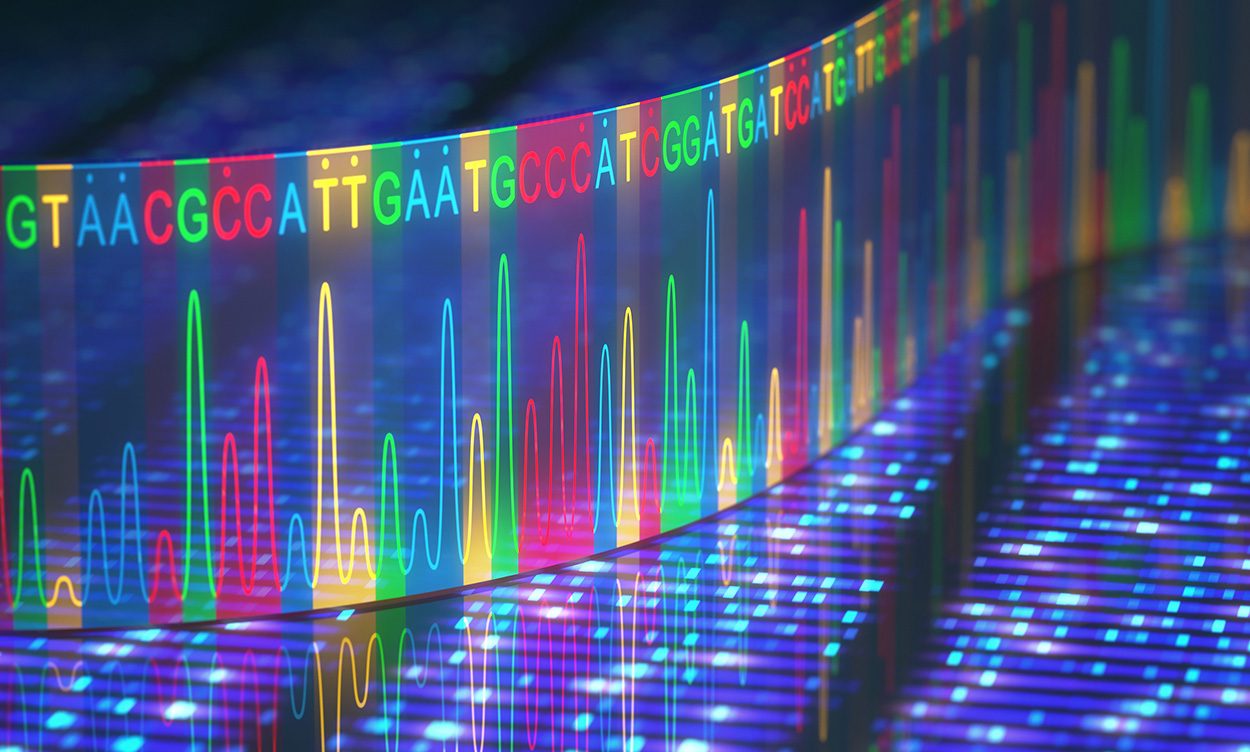The biodiversity on our planet is huge, but the number of species that exist on our planet is known only a small part. One reason for this is that often only a few specialists are able to recognize the exact characteristics and differences between species. But that may now change: Scientists have now simplified identification with the help of genetic “bar coding” and made it cheaper so that it can soon be used by any ordinary person.
Be it amphibians, insects or exotic plants: the loss of species around the world is progressing faster and faster – according to estimates, there are about one million species that are critically threatened with extinction. The combined effect of climate change, habitat loss, and outright extinction is causing biodiversity to shrink dramatically in many places. But all this could be just the tip of the iceberg, because a significant part of the living things on our planet are not yet known to us. According to expert estimates, there are still up to 20 million undiscovered species.
Gene snippets instead of external features
The problem with this is that the identification of animal and plant species takes a long time and often few specialists around the world have the knowledge to distinguish certain species on the basis of exact external characteristics. In addition, some species are externally so similar that it is difficult to clearly distinguish between species on the basis of these characteristics alone. This is one of the reasons why biologists are increasingly turning to a method that shows them the “internal values” of an organism – genes. Based on the differences in the DNA code, not only can species be separated from each other, but unrecognized species can still be identified in this way.
This is made possible with the help of what is called DNA strand coding. Extracts of the genetic code of an animal or plant are read and compared to the gene codes stored in central databases. In contrast to whole-genome sequencing, not the entire genome was evaluated, but only some “tags” – small sections of the DNA code that specifically reflect affiliations and relationships. In most cases, these sections do not come from the genetic material in the cell nucleus, but from mitochondrial DNA, the genes in the cell’s power plants, the mitochondria.
Barcode is easy and cheap
Until now, this bar coding has been expensive and time consuming – and that is now about to change. Scientists working with Amrita Srivathsa of the National University of Singapore have succeeded in radically simplifying bar coding. This is made possible by a new generation of sequencing machines, the so-called MinION. These fit in every pocket and can deliver results in a very short time. “Fortunately, we have simplified the work steps so much that costs have been reduced to less than a dime per copy,” Srivathsan explains. “This is what makes the broad use of this methodology to discover biodiversity and monitor species loss possible.”
In extensive testing, the research team also checked whether the miniature device was also suitable for large-scale species identification and whether it could read the genetic code with sufficient accuracy. The result was positive: “We have documented that MinION barcodes are over 99.9 percent identical to applicable Sanger and Illumina barcodes,” according to the team’s report. In a field study in Singapore, college students actually examined more than 33,000 plants and animals in the Mangrove region using MinION. As a result, more than 150 new species of insects and other mangrove inhabitants have been discovered.
Define species for everyone
According to scientists, simplified and inexpensive bar coding could lead to a whole new era of species identification. This is because even lay people can quickly learn to identify and document animal species in the garden, field or forest using the MinION system. An additional, freely accessible bioinformatics tool called ONTbarcoder then makes MinION’s results interpretable for everyone. “We are convinced that the presented method will help protect biodiversity and will assist a large number of interest groups, such as government organizations, universities, museums and private associations, in biodiversity research,” says Rudolf Meyer, President of the Center for Integrative Biodiversity. Discover at the Museum für Naturkunde Berlin.
Source: Museum für Naturkunde – Leibniz Institute for Evolution and Biodiversity Research; Technical Article: BMC Biology, doi: 10.1186/s12915-021-01141-x

“Alcohol buff. Troublemaker. Introvert. Student. Social media lover. Web ninja. Bacon fan. Reader.”







More Stories
Simple recipe: sweet cream cheese slices from the tray
This is how our brain chooses what information it will remember in the long term
Up to 100 pilot whales stranded in Western Australia – Science